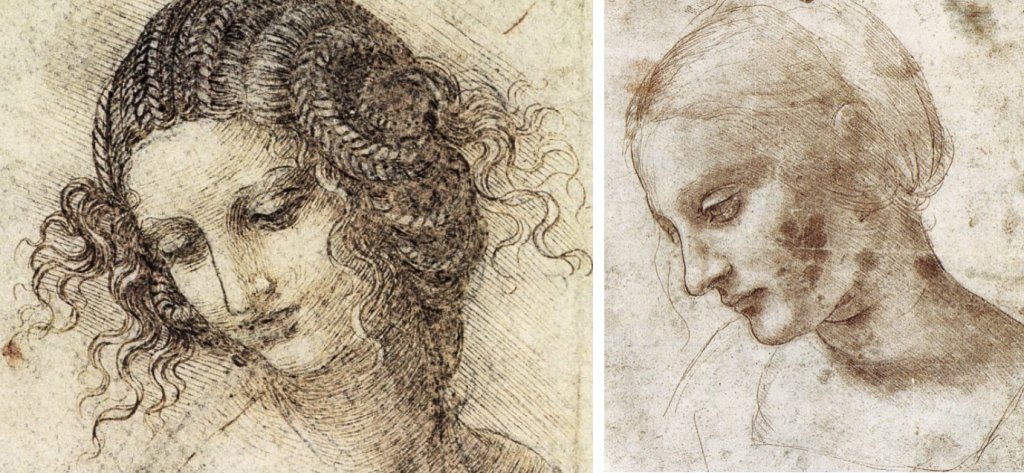The Milan Cathedral was the inspiration for Leonardo da Vinci's interest in architecture. In 1987, he was involved in a project that called for the design of a tiburio, or lantern tower. Throughout the process, da Vinci would draw his design using a grid of squares to give it that symmetrical and balanced appearance that was common in Renaissance architecture at the time. His arcitectural style would be influenced by Vitruvius after he befriended both Bramante and di Giorgio around that time. Since then, da Vinci would continue with his endeavors by drawing countless designs in his notebook that consisted of other drawings.
Source: Isaacson, Walter. Leonardo Da Vinci. Simon & Schuster, 2017.

 Da Vinci and the Renaissance is a fully cross-disciplinary study-abroad program that explores the transition from the medieval period to the Renaissance across multiple subjects (art, architecture, engineering, science and more), laying out how much of what we take for granted today about technology or about the human subject were implemented in this rich period, especially in Italy.
Da Vinci and the Renaissance is a fully cross-disciplinary study-abroad program that explores the transition from the medieval period to the Renaissance across multiple subjects (art, architecture, engineering, science and more), laying out how much of what we take for granted today about technology or about the human subject were implemented in this rich period, especially in Italy.